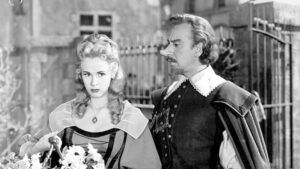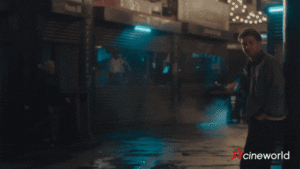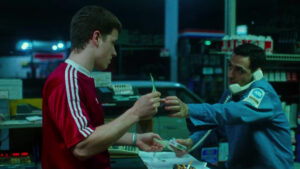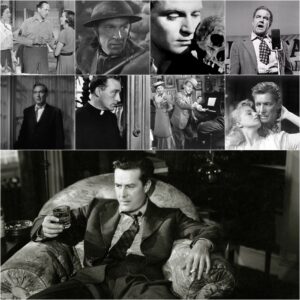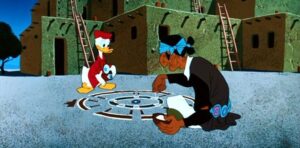Late Spring (1949)
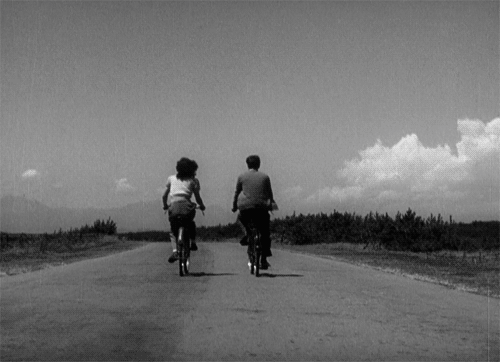
…………………………………………………
Late Spring Movie Review
Late Spring is a 1949 Japanese drama film directed by Yasujiro Ozu and starring Chishu Ryu and Setsuko Hara. It is a masterpiece.
………………………………………………….
“Be happy and be a good wife“
…………………………………………………..

…………………………………………………..
Noriko is a 27-year-old single woman living with her father who is so frustrated that she still hasn’t married that he proposes an arranged marriage for her which leads to her misery. This is, similarly to ‘Tokyo Story’, another Ozu film which is very straightforward and simple in its narrative, but there lies its appeal.
Yes, this is very much a timeless work in the genre of drama. Of course, times have changed for the better for women, but for the majority of human history they had to marry very young and were forced to by their parents so this film may act as an ultimate portrayal of that issue as it’s so perfect in every way.
It flows so well. It’s slower in pace, but never dull given its grip on the viewer in terms of emotion in particular. The dialogue was the most important part to the film and it doesn’t disappoint. On the contrary, every single conversation between father and daughter here is extremely grounded in reality, nuanced and moving.
…………………………………………………..

…………………………………………………..
You can really feel the pain Noriko is feeling which is in no small part thanks to Setsuko Hara’s truly amazing acting performance. She is so subtle, so raw and so subdued that she played the part perfectly, and just in her eyes you can see her sorrow. She’s the soul of the movie and the one audiences naturally gravitate toward the most.
The other big part of this movie is Chishu Ryu’s Shukichi. This is where the movie reached its most sophisticated heights given that this old man is never vilified in any way, but portrayed in such a real and honest manner. Yes, it’s terrible that he’s forcing her child to marry, but we can see his pain in that stunning last sequence, and he thinks he’s doing the right thing so even he ends up being a sympathetic character in the end.
Others are also fine figures, but this is a film about Noriko and Shukichi and the heart of it lies in their heartbreaking relationship. I appreciated how the movie painted this situation accurately s it would really happen in real life, but also that it genuinely sided with the girl as I could feel that Ozu knows this was wrong that women were forced to marry young by their parents. That message made it a potent and very important watch.
Let’s talk about the technical aspects in Late Spring. Yasujiro Ozu was a true artist and here you can see once again how he had a very firm grasp on the art of cinema. The cinematography here is absolutely fabulous. The film has a lot of dialogue, and great conversations, but it also has some fine cinematic flourishes such as the emphasis on architecture, landmarks and so on.
…………………………………………………..

…………………………………………………..
The highlight for me was the cycling sequence which was enchantingly cinematic in a wonderfully old-fashioned manner. The film is full of those beautiful touches, and a tremendous emphasis is put on steady, long takes with the camera. The score is also wonderful, the runtime is perfect and the movie is of course phenomenally directed by Ozu, being probably his magnum opus.
Late Spring is not just technically brilliant owing to many amazing takes and wonderful cinematic flourishes throughout, but it’s also a pleasingly simple tale of what it was like being a single woman in 1940s Japan. The central father-daughter relationship is very nuanced, grounded in reality and touching whereas the performance from Setsuko Hara is beautifully subdued and simply fantastic. It’s an absolute masterpiece from the great Yasujiro Ozu.
